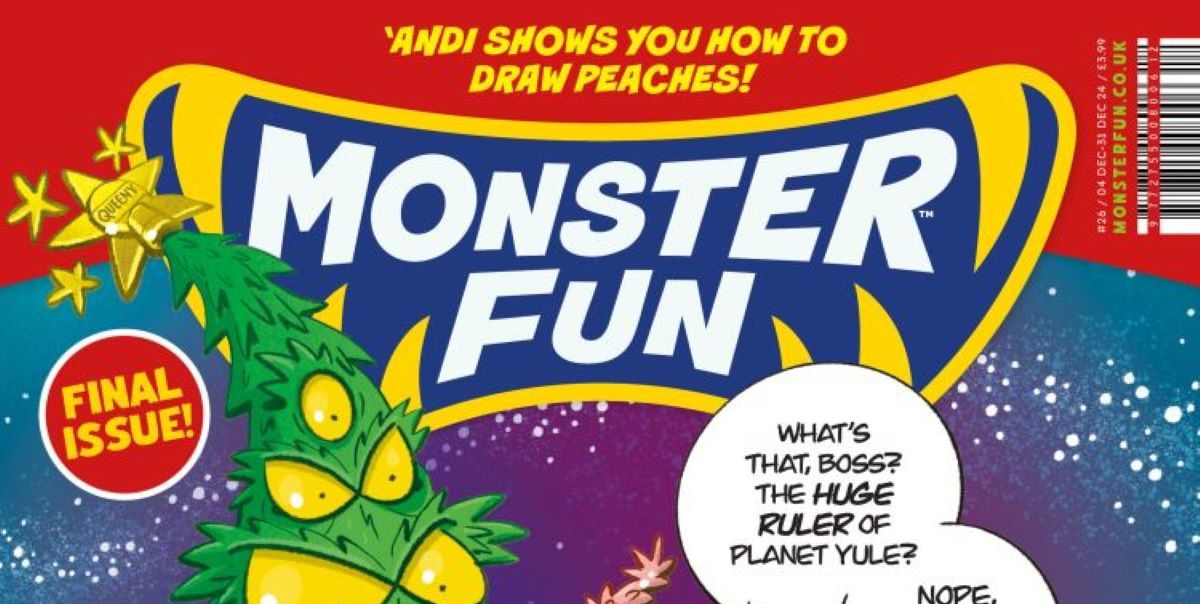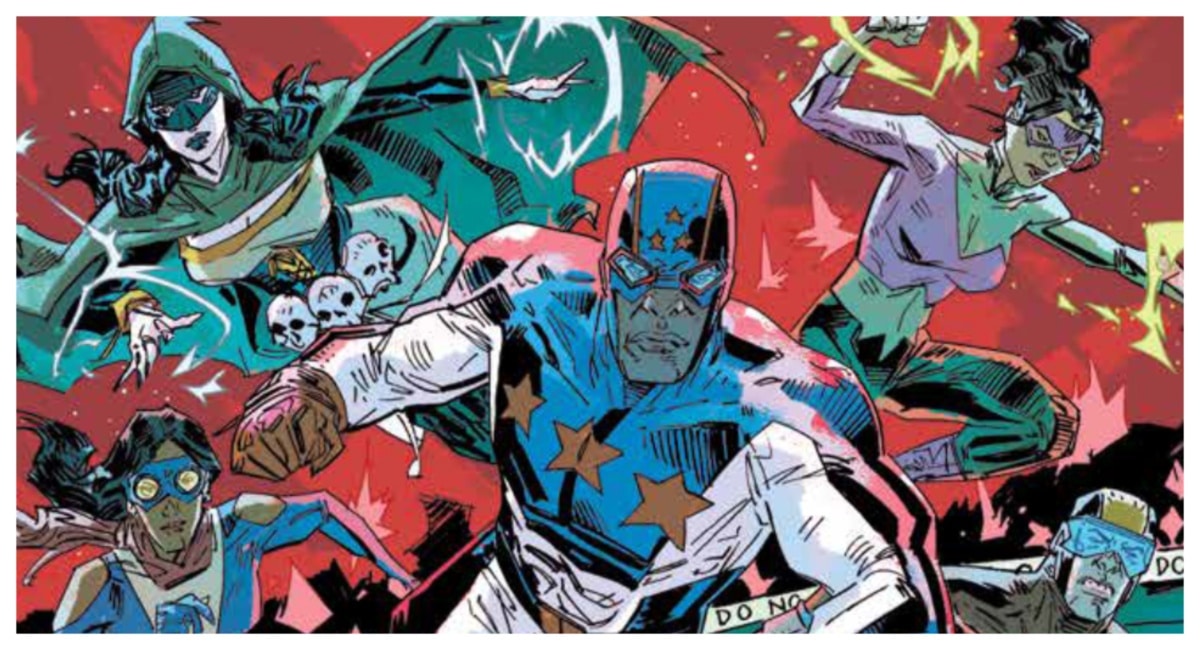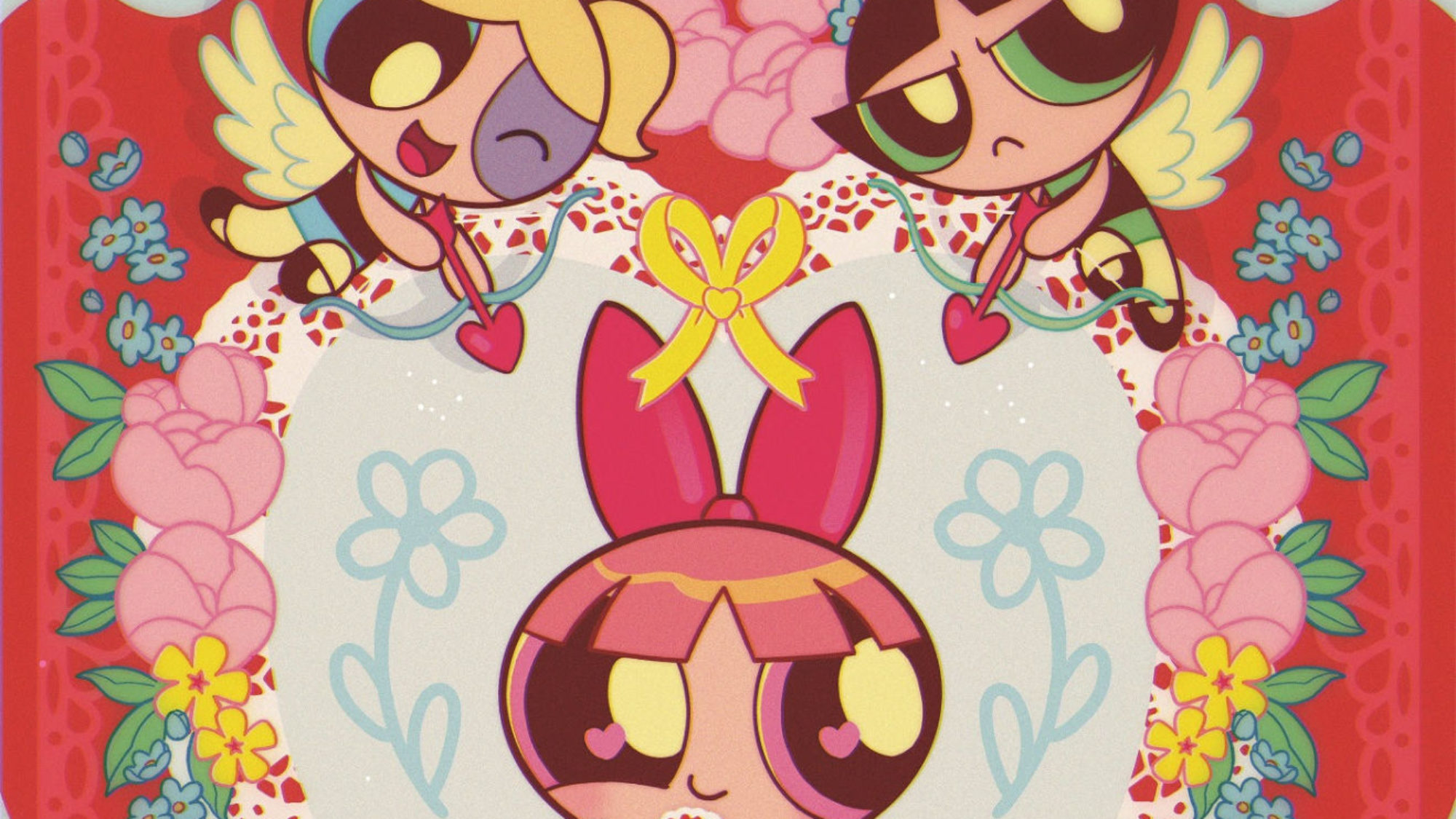ABSOLUTE BATMAN #1 is a dramatic reinvention of the Bat-mythos
THIS WEEK: Scott Snyder and Nick Dragotta reinvent Gotham City in Absolute Batman #1.
Note: the review below contains spoilers. If you want a quick, spoiler-free buy/pass recommendation on the comics in question, check out the bottom of the article for our final verdict.
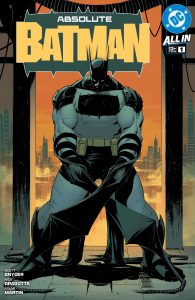
Absolute Batman #1
Writer: Scott Snyder
Artist: Nick Dragotta
Colorist: Frank Martin
Letterer: Clayton Cowles
Cover Artists: Nick Dragotta & Frank Martin
The Absolute DC Universe is finally here. The much-leaked, much-hyped alternate universe relaunch of the DCU has been most frequently cited as DC’s attempt at replicating Marvel’s successful Ultimate line of the early ‘00s, which took classic Marvel characters like Spider-Man and the X-Men and updated their origins and settings to reflect a more modern readership. After last week’s DC All In Special, though, and particularly after this week’s debut title, Scott Snyder & Nick Dragotta’s Absolute Batman #1, it’s clear that Absolute DC is far from a simple updating of old stories and concepts. Absolute Batman #1 is a dramatic reimagining of the Bat-mythos that’s sure to have people talking.
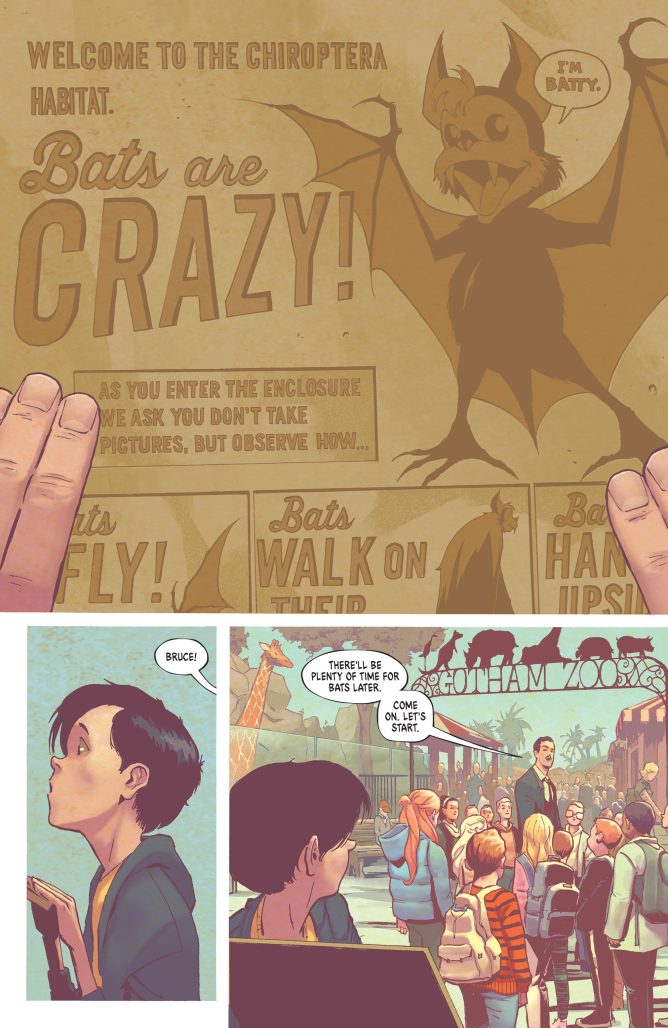
Scott Snyder is of course no stranger to writing the dark knight, and as a key creator behind the introduction of Absolute DC his work on this issue is also a tone-setter for the rest of the line. His writing here is classic Snyder, with limited narration from an unexpected source that helps establish this new version of Gotham nicely, then gets out of the way in favor of more character-focused, dialogue-driven scenes. When the action does kick in, the narration again offers commentary without overwhelming the visuals. Snyder’s dialogue is solid and overall very naturalistic, giving the characters engaging personalities amid all the setup, something the first-person narration does nicely as well. The only point at which the narration becomes somewhat burdensome is during a three-page info-dump late in the issue that brings readers up to speed on the history of this universe’s Bruce Wayne. It’s perhaps necessary exposition to get out of the way early in the series, but after an otherwise tightly-scripted issue, those pages – which surround two of the most crucial pages of the issue – are an unfortunate hiccup that would’ve benefited from less telling and more showing.
As far as the showing goes, artist Nick Dragotta brings a visual style to Gotham that the city and its characters have never had before. The image of Dragotta’s redesigned behemoth of a Batman has been analyzed, homaged, and parodied countless times already, but a more apt introduction for his version of Batman would be hard to imagine. Put simply, Dragotta’s Batman is a force of nature, a beast of a man who strikes fast and decisively in a way the dark knight rarely ever has. The speed of the character is noted in the narration of the issue’s stunning action sequence, but even without the narrative callout it would be evident from the way Dragotta renders his movements and that of his opponents. The action from Dragotta and colorist Frank Martin is highly kinetic and easy to follow while still giving readers a slight feeling of the disorientation that would likely come from facing off against this version of Batman. The visual storytelling from Dragotta and Martin throughout the issue is superb, from the Absolute version of Alfred’s arrival in Gotham offering readers a tour of this new version of the familiar city, to intercut flashbacks to a fateful school field trip taken by Bruce as a boy, to a tense, dialogue-driven town hall scene that precedes the issue’s action sequence. Dragotta’s character design not just on Batman but also on Alfred, who here is a grizzled secret agent, and on Black Mask, a terrifying figure in a mirrored black skull mask, and his weirdly-tentacled associates, is incredible and instantly striking.
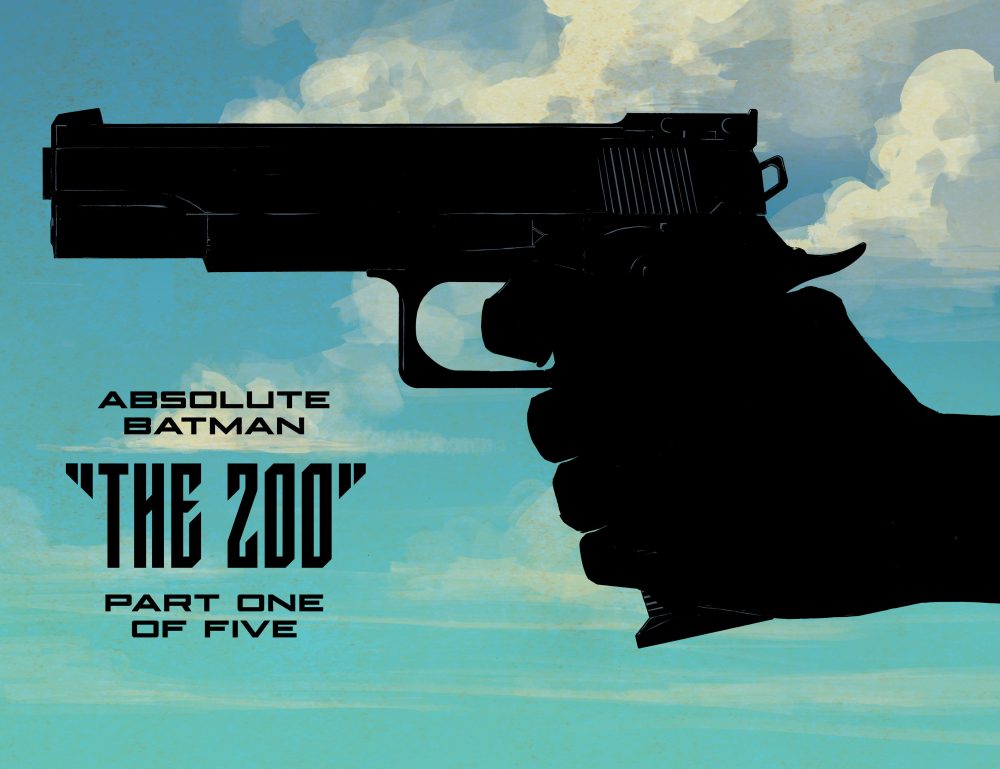
There are of course iconic elements of Batman that are still found in this book, from the silhouette he creates with his cape and cowl while in costume to his smarts and uber-preparation for the issue’s battle sequence. Perhaps the most exciting aspect of this comic, though, is where it deviates from another of those iconic elements. It’s been known since the announcement of this series that Batman isn’t a billionaire in the Absolute Universe, and the Bruce Wayne we meet here is definitely more of a working class character, an engineer who lives paycheck to paycheck (though somehow still affords numerous Bat-gadgets). But the other thing that this Batman isn’t is even more interesting: he’s not parentless. Through a series of flashbacks readers learn that Thomas Wayne was a teacher who, while on a field trip with Bruce, was killed during a mass shooting, and that Martha Wayne, a social worker in this universe, is still alive and living in Gotham. Mass shootings are an epidemic in the United States, and grounding the Wayne murder in one of them is a smart, vital update to the origin that gives Bruce a connection to crime on both a personal and a societal level. Beyond that, the prospect of Martha Wayne being alive and a part of Bruce’s life is thrilling from a storytelling perspective, and pushes this Batman into entirely uncharted territory.
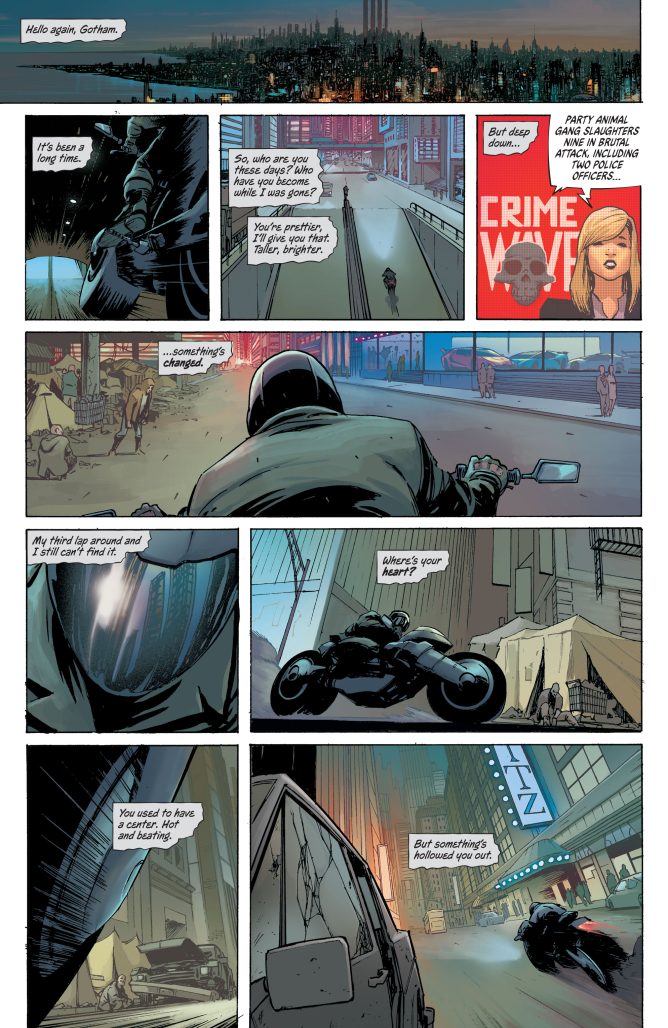
Conversely, where Absolute Batman suffers is when it adheres to the Bat-mythos rather than diverging from it. Alternate universe tales are often burdened with knowing references to the main universe they’re riffing on, and this issue is no different. In a universe where just about everything you know about Batman is different, having Bruce grow up with a group of friends who all happen to be supervillains in the main timelines feels unnecessarily distracting. The dialogue that makes reference to them all is also just clunky, as is, during the school field trip sequence, a reference Thomas Wayne makes to young Bruce to going to see a movie that night. It’s a shoehorned-in line that serves only to make the reader go, ‘Oh, I bet I know what movie they’re talking about,’ and it adds nothing to the issue or to the characters’ relationship otherwise. The final page of the issue also teases a future villain for Batman — you can definitely guess which one — and it’s full of those references. They’re a frustrating distraction from what is otherwise a very forward-looking, interesting book.
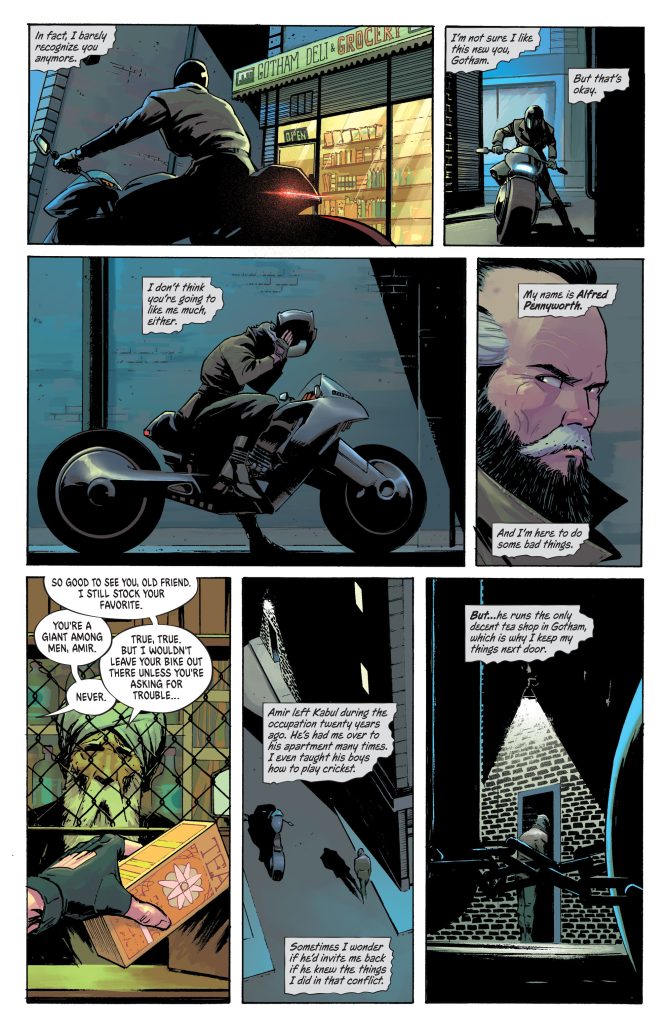
Those few shortcomings aside, though, Absolute Batman #1 is an impressive debut for this alternate universe dark knight. Snyder’s writing is as solid as ever, and Dragotta’s artwork presents an engaging new vision of Gotham and its residents. Here’s hoping future issues of the series continue to expand and break new ground when it comes to Bruce Wayne and his world without being beholden to what’s come before. If it’s able to make that break more cleanly, this series will truly be something special.
Final Verdict: BUY.
Miss any of our earlier reviews? Check out our full archive!


Source link
